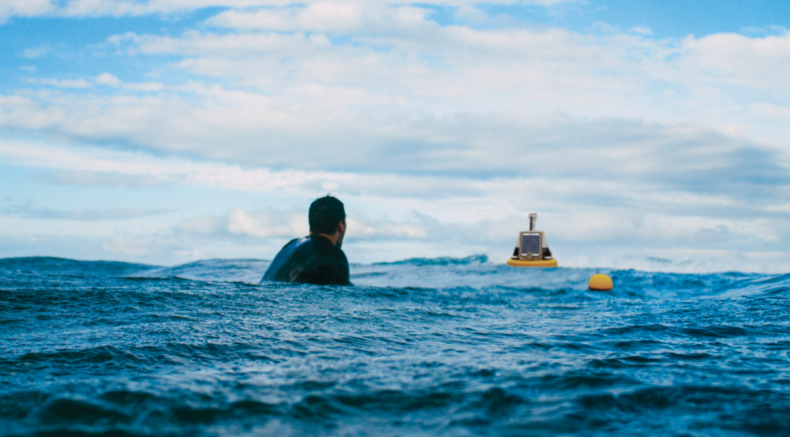IS YOUR BEACH swim going to be in clean waters? Soon, you’ll know in a jiffy, thanks to a new kind of robot buoy. The new technology is being developed by researchers in the USA. So how does it work?

The buoys are deployed in the water near a beach. Information is gathered by sensors embedded in them. Information can be anything: From how clear the water is, to water temperature, to toxin levels. The water is analysed, and information on water quality is fed back to a land-based server.
Buoys to the Rescue
“Current beach-management practices are slow and unreliable,” says Phanikumar Mantha, a professor of civil and environmental engineering at MSU. “A water sample needs to be gathered, then taken to a lab for analysis. That can be anywhere from 24 to 48 hours. If you go to the beach today and swim, then you find out tomorrow you shouldn’t have gone, that’s not very helpful.”

Once the information is gathered via the buoy, it is sent to the people who need to know. For example, a parks official who then makes the decision whether or not to close the beach. Data could also be published on web pages that provide the information to the public. Data from the sensors can also detect harmful bacteria, and alert authorities who can shut the beach.

The good news is that beaches can stay open if bacteria is not detected. Says Mantha, “If you close a beach unnecessarily, it’s hurting the local businesses. Our ultimate goal is to protect the public from getting exposed to contaminated water. This problem can be particularly hard on children and seniors, who tend to be more susceptible to its dangers.”
It is nice to know that the waters are clear and that the temperature is just right. Many of us would subscribe daily to this information. Would you? ■

Editor for Silver Magazine Gold Coast

